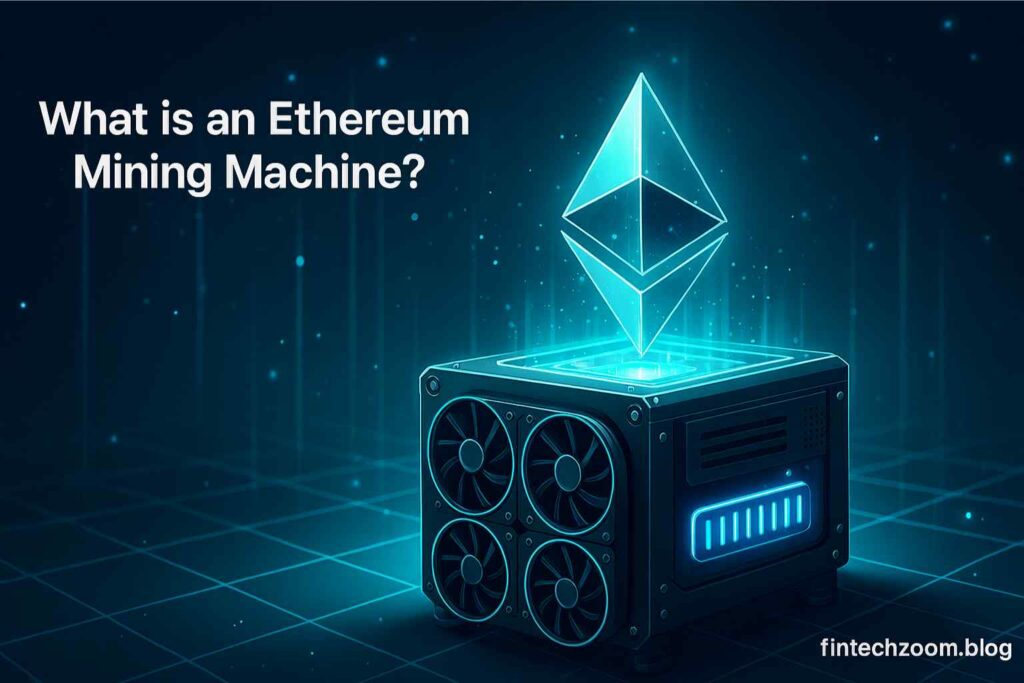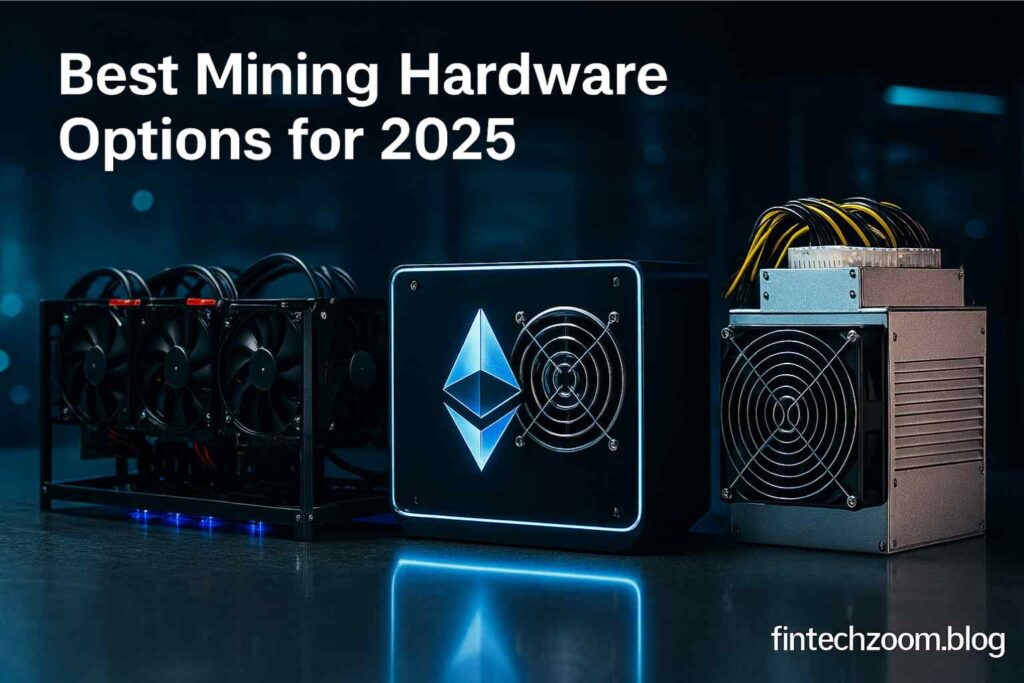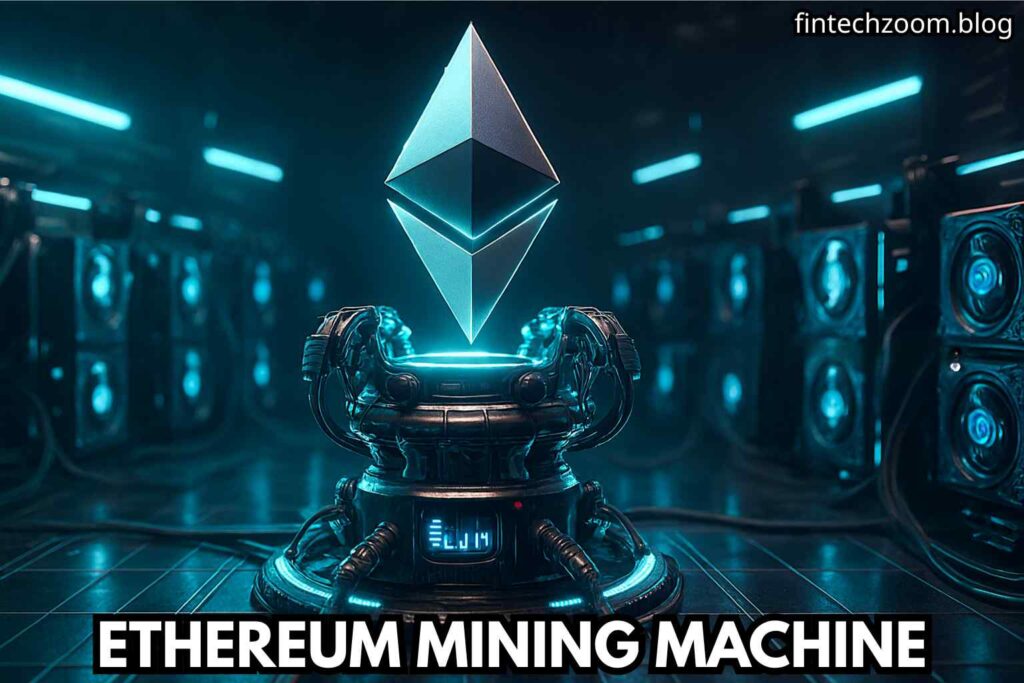Introduction
Many people remember the term ethereum mining machine as a sleek rack of GPUs humming away, generating blocks of ETH and ushering in rewards. That setup, however, belongs to a past where Ethereum ran on Proof-of-Work (PoW), hardware dominated the scene, and the rush for the newest graphics card or ASIC miner was real. Today the landscape has shifted dramatically.
With Ethereum having transitioned to Proof-of-Stake (PoS), the classic concept of mining ETH with a dedicated machine is no longer valid. Still, the phrase ethereum mining machine retains relevance — now applied to repurposed hardware, alt-coin mining, or resale markets. This article will walk you through what that term means in 2025, explore hardware components, compare GPU and ASIC approaches, build a rig, and analyse profitability. Let’s dive in.

What is an Ethereum Mining Machine?
An ethereum mining machine refers to a physical setup built to solve cryptographic puzzles, process transactions and earn rewards on a PoW blockchain. In prior years the focus was on Ethereum itself, but now the term often describes rigs targeting alternative chains or hardware originally designed for ETH that’s been repurposed.
GPU rigs consist of high-end graphics cards, motherboards, PSUs, cooling systems and rack frames. ASIC machines are purpose-built mining devices optimised for a particular algorithm. The difference between the two includes flexibility (GPU) versus raw performance (ASIC). Despite Ethereum’s move away from PoW, many miners still show interest in the term ethereum mining machine because of residual resale value, hardware versatility and the ability to mine compatible or legacy chains.
The Impact of Ethereum’s Merge & What It Means for Mining Machines
When Ethereum completed its Merge in 2022, switching from PoW to PoS, the ability to mine ETH with an ethereum mining machine essentially ended. Investopedia+1 For those who had invested heavily in GPU rigs or Ethash-ASICs, a pivot was required. You either turned the hardware toward other coins (for example Ethereum Classic which remains PoW) or sold off equipment.
This shift changes the strategy completely: instead of chasing ETH block rewards, you target alt-coins, evaluate resale value of components, factor in electricity and cooling costs, and consider alternative uses for your machine. The best ethereum mining rig 2025 now means best use of your existing machine under a new paradigm.
Key Hardware Components of a Mining Machine
A mining machine in 2025 still relies on core hardware. At a glance, these include:
- GPUs: Look for high memory size, strong hash-rate, and power efficiency. These remain highly flexible.
- ASICs: Though many won’t mine ETH anymore, some ASICs target PoW coins and use Ethash‐compatible algorithms.
- Motherboard, PSU, RAM, cooling system, frame/rack: These build the backbone of the rig.
- Power consumption: Electricity remains a key expense. Efficiency is measured in Joules per MH/s or MH/J. CoinWarz
- Initial investment cost: Research shows ETH-compatible hardware still listed under “ethereum mining hardware”. CoinWarz
Understanding each piece allows clearer cost-benefit analysis.
GPU vs ASIC for Mining: Which Approach Makes Sense Now?
Choosing between GPU rigs and ASIC machines depends on your goals. GPU rigs offer versatility — switch coins, repurpose cards for gaming or rendering, easier to buy/resell. ASICs deliver high performance for a specific coin/algorithm but often lack flexibility and resale markets.
Given Ethereum’s PoS transition, the GPU option tends to make more sense for many individuals. ASICs may still be viable if you target a specific PoW coin and have access to very cheap electricity. Decide whether you are a home miner, semi-pro or industrial scale, then pick accordingly.

How to Build an Ethereum Mining Machine (or Equivalent) in 2025
Setting up a mining machine in 2025 requires methodical planning. First choose your hardware (GPUs or ASIC), assemble the rig on a sturdy frame, connect PSU, install cooling fans and ensure proper ventilation. Then install mining software and point it to a mining pool targeting your chosen coin (not ETH, since standard ETH mining is ended). Safety is essential — check that your power sockets support your rig’s draw, and ensure ventilation prevents overheating.
Example: a six-GPU rig with 3000W PSU, open-frame rack, NVidia or AMD cards, hot-air cooling, software configured for mining Ethereum Classic or another Ethash coin. Confirm the rig under load, monitor temperatures, power usage and hash-rate.
Mining Rig Setup Guide & Best Practices
Locating your rig matters. Choose a cool, dry space with good ventilation and minimal noise impact. Measure your electricity cost and track power consumption continuously. Clean dust regularly, replace fans when performance drops, apply firmware updates if needed. Plan for resale value: GPUs degrade over time and newer architectures arrive — build with exit strategy in mind.
Maintenance isn’t optional — the thousands of hours your rig runs mean wear and tear. Investing a little time now reduces downtime and protects profitability.
Profitability Analysis: Can You Still Profit from an Ethereum Mining Machine ?
Profitability factors include: hardware cost, electricity rate, hash-rate, coin difficulty and coin price. Since ETH mining is no longer viable under PoW, the analysis shifts to alternative coins. Electricity remains one of the top costs and some miners now say:
“The only way you can mine now is with the absolute lowest rates on electricity, or existing solar… you are not going to be making 10× electricity cost anymore.” Reddit
Consider two scenarios: one with low electricity cost (e.g., $0.05/kWh), one with high cost ($0.20/kWh). Evaluate pay-back period, ROI, depreciation risk and market volatility. Tools like ASICMinerValue provide live income estimates across coins. ASIC Miner Value Risk factors remain high: hardware may become obsolete, coin markets fluctuate, regulations may change.
Best Mining Hardware Options for 2025
While older ETH-mining GPUs and ASICs exist, the focus has shifted. Recent hardware lists still include ethereum mining machine in search results, though they target alt-coins. CoinWarz
Top GPUs: high-end cards with strong hash-rates and good memory.
ASICs: for alternative PoW coins, if you choose a targeted approach.
Price ranges vary: some legacy rigs cost a few thousand USD, newer industrial units cost tens of thousands. Second-hand market is also active for decommissioned ETH mining rigs.

Future Trends & What to Consider Before Investing
Hardware efficiency continues improving: fewer Joules per hash, better cooling, quieter rigs. However, environmental and regulatory pressures mount — electricity cost, heat emission, zoning issues. Many mining operations explore hosting rigs in low-cost locations or switching to staking, cloud-mining, or providing hosting services. Treat your ethereum mining machine investment like any tech investment: prepare for risk, depreciation and shifts in technology.
Also Read: How the 2026 COLA Increase Will Affect Your Social Security
Conclusion
While you can no longer mine ETH directly using a classic ethereum mining machine under PoW, the concept remains relevant through repurposed hardware, alt-coin mining and secondary markets. The transition of Ethereum to PoS changed the game, but miners who adapt intelligently can still find opportunities.
If you are building a rig or buying hardware today, carefully assess your purpose, account for costs and risk, and plan for the future beyond ETH. At fintechzoom.blog we encourage you to run the numbers, stay informed, and view mining as one component of a diversified crypto strategy.
FAQ About Ethereum Mining Machine
Q1: How long does it take to mine 1 Ethereum?
Ans: As of 2025, you can’t mine Ethereum anymore since it shifted to Proof-of-Stake. ETH is now earned through staking, not mining.
Q2: Is Ethereum mining still profitable?
Ans: No, Ethereum mining isn’t profitable anymore. The network moved to staking, so traditional mining rigs no longer generate ETH rewards.
Q3: Can I mine Ethereum for free?
Ans: You can’t mine Ethereum for free anymore. However, staking ETH using validator nodes or exchanges can help you earn passive rewards.
Q4: What machine mines Ethereum?
Ans: Before the upgrade, GPUs and ASICs mined Ethereum. Now, mining is obsolete; ETH 2.0 rewards users who stake coins instead.
Q5: Is ETH mining still profitable?
Ans: No, ETH mining isn’t profitable now. Ethereum’s Proof-of-Stake model replaced mining, rewarding validators for securing the blockchain.
Q6: Why can’t you mine Ethereum anymore?
Ans: Ethereum transitioned to Proof-of-Stake in 2022, eliminating mining entirely. The network now uses validators to secure transactions and earn rewards.
Q7: How to withdraw money from ETH mining?
Ans: Since mining ended, users withdraw earnings from staking platforms or exchanges by converting ETH rewards into fiat through secure crypto wallets.

